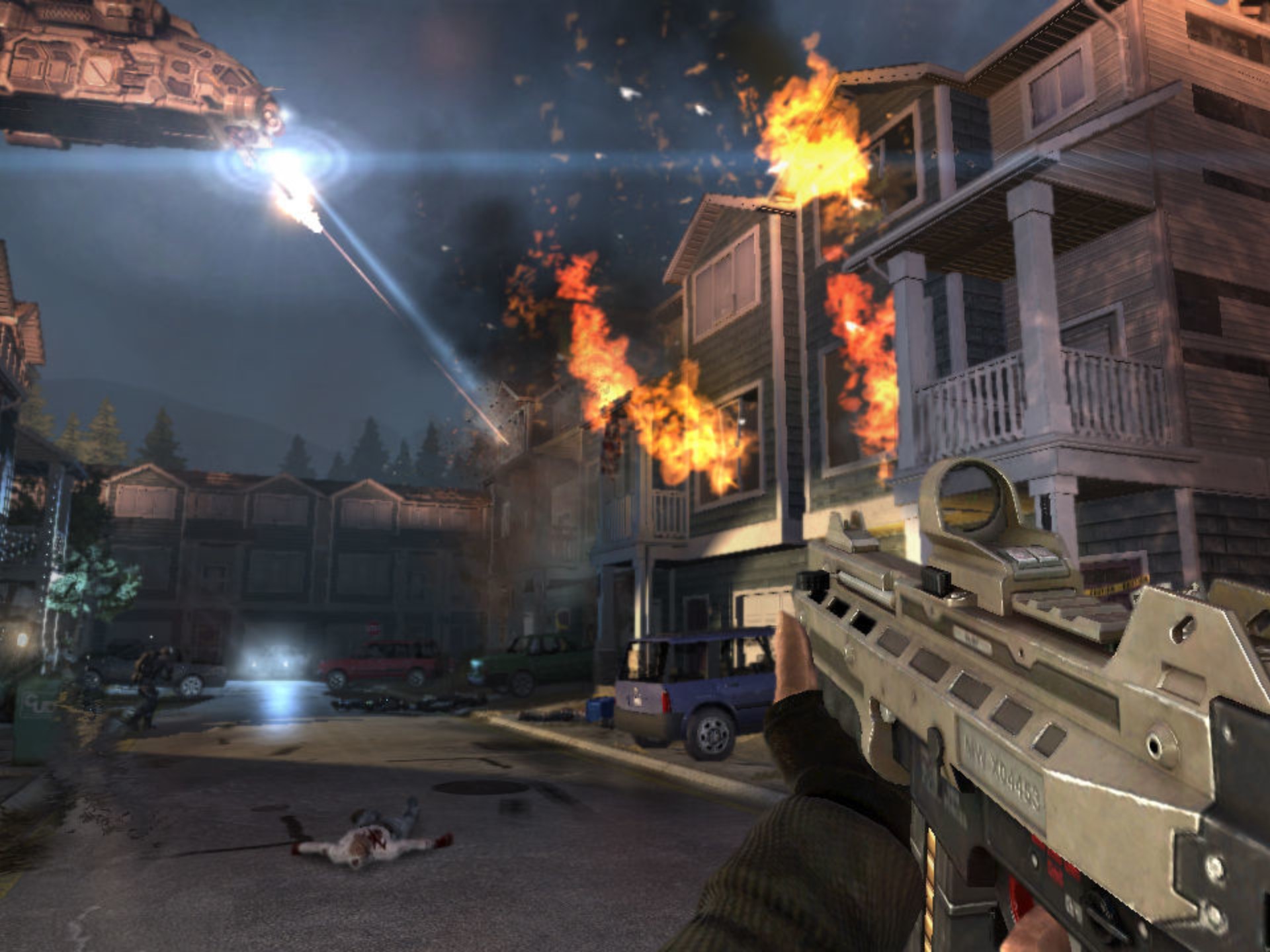Title: Unlocking the Vault: Deep Game News Secrets You Haven’t Discovered Yet
The world of gaming news is a vast, ever-evolving landscape. While mainstream outlets cover major announcements, reviews, and controversies, a deeper layer of information exists just beneath the surface. This is the realm of "deep game news"—a space where industry secrets, hidden development stories, and untold narratives reside. For the discerning gamer, understanding how to access and interpret this layer can transform their relationship with the medium. This article delves into the secrets of uncovering these hidden stories and why they matter.
The Illusion of the News Cycle
Most gamers consume news through a familiar cycle: official press releases, curated trailers from events like Summer Game Fest or Nintendo Direct, and reviews from major publications. This cycle, while informative, is inherently controlled. It’s a marketing funnel designed to generate hype, pre-orders, and positive sentiment.

The first secret is recognizing that this is merely the top layer. The real stories often begin where the official narrative ends. For instance, a game’s tumultuous development might be hinted at in a developer’s off-hand comment years later or buried in the credits. The cancellation of a beloved project, like Scalebound or Silent Hills, never truly dies; its legacy morphs into rumors, leaked prototypes, and post-mortem interviews that surface years after the fact. This "long tail" of news is where deep insights are found.
Decoding the Digital Footprint: Patents and Code
One of the most reliable yet overlooked sources of deep game news is the dry, technical world of patent filings. Companies like Nintendo, Sony, and Microsoft regularly file patents for innovative controllers, hardware designs, and software mechanics. These documents, often filled with complex diagrams and legal jargon, are treasure troves of future intentions.
For example, years before the Nintendo Switch Pro Controller was officially revealed, its distinctive design was discovered in a patent filing. Similarly, a patent for a PlayStation controller with adaptive triggers and haptic feedback surfaced long before the DualSense controller debuted with the PS5. By monitoring these databases, astute observers can piece together a company’s R&D direction, predicting future hardware and features long before they hit the mainstream news.
Beyond patents, data mining is another powerful tool. When a game receives an update, especially in live-service titles like Fortnite, Destiny 2, or Apex Legends, developers often include assets for future content within the game’s code. Data miners, using specialized software, excavate these files to find unreleased character models, map layouts, weapons, and narrative clues. This practice creates a parallel news cycle, where the community learns about upcoming seasons, crossovers, and events months in advance. While controversial—as it can spoil developer surprises—it provides an unfiltered look at a game’s roadmap.
The Whisper Network: Developers and Localization
The human element is perhaps the most crucial channel for deep game news. The industry is built on people, and people talk. This "whisper network" of developers, artists, writers, and QA testers—often speaking under conditions of anonymity—is a vital source of truth.
Platforms like Twitter, ResetEra, and even specific subreddits become hubs for these whispers. A developer might subtly hint at "crunch" culture on a project by praising a new studio's better working conditions. An artist might post concept art for a canceled character, speaking volumes about a game’s changed direction. These fragments, when assembled, can paint a comprehensive picture of a project's health and a company's culture that official channels would never reveal.
Furthermore, the localization process is a frequent source of unseen drama. Differences in dialogue, censorship, and cultural context between regions can spark significant debates. Deep news involves comparing scripts across languages, often revealing that a character's motivation or a story’s theme was altered for a specific audience. This isn’t just about translation errors; it’s about understanding the cultural and corporate forces that shape the games we play.
Archival Efforts and the Preservation of Lost Media
A profound aspect of deep game news is the focus on history—specifically, the preservation of lost media. For every game released, dozens are canceled or undergo radical changes. The deep game news community acts as digital archaeologists, recovering and celebrating these lost artifacts.
Teams at places like the Video Game History Foundation work tirelessly to archive design documents, prototype cartridges, and beta software. YouTube channels like DidYouKnowGaming? have built entire careers on unearthing these stories, conducting interviews with former developers, and presenting meticulously researched documentaries on games that never were. This isn't nostalgia; it's a crucial effort to preserve the industry's full history, including its failures and false starts. The recent recovery of a playable prototype of Sonic Crackers (an early Sonic prototype) is a testament to this ongoing mission.
Why Deep Game News Matters
Engaging with this deeper layer is more than a hobby for enthusiasts; it’s a critical practice for understanding gaming as an art form and an industry. It fosters a more informed and critical community. By looking beyond the press releases, gamers can:
- Advocate for Better Practices: Understanding the realities of crunch, mismanagement, and creative compromises empowers consumers to support studios that treat their employees well.
- Appreciate the Art: Knowing the struggle behind a game’s creation—the rewritten stories, the cut content, the technical hurdles—adds layers of appreciation for the final product.
- Predict Trends: Seeing patents and tech demos allows for a clearer vision of where interactive entertainment is headed next.
In conclusion, the world of deep game news is a rich, complex ecosystem that runs parallel to the mainstream. It requires curiosity, patience, and a critical eye to navigate. By exploring patents, listening to developer whispers, supporting preservation, and reading between the lines of every announcement, you cease to be a passive consumer and become an active participant in the ongoing story of video games. The next big secret is out there, waiting to be discovered.
Tags: #DeepGameNews #GamingSecrets #VideoGameHistory #DataMining #GameDevelopment #GamingPatents #LostMedia #GamingCommunity #BehindTheScenesGaming


















